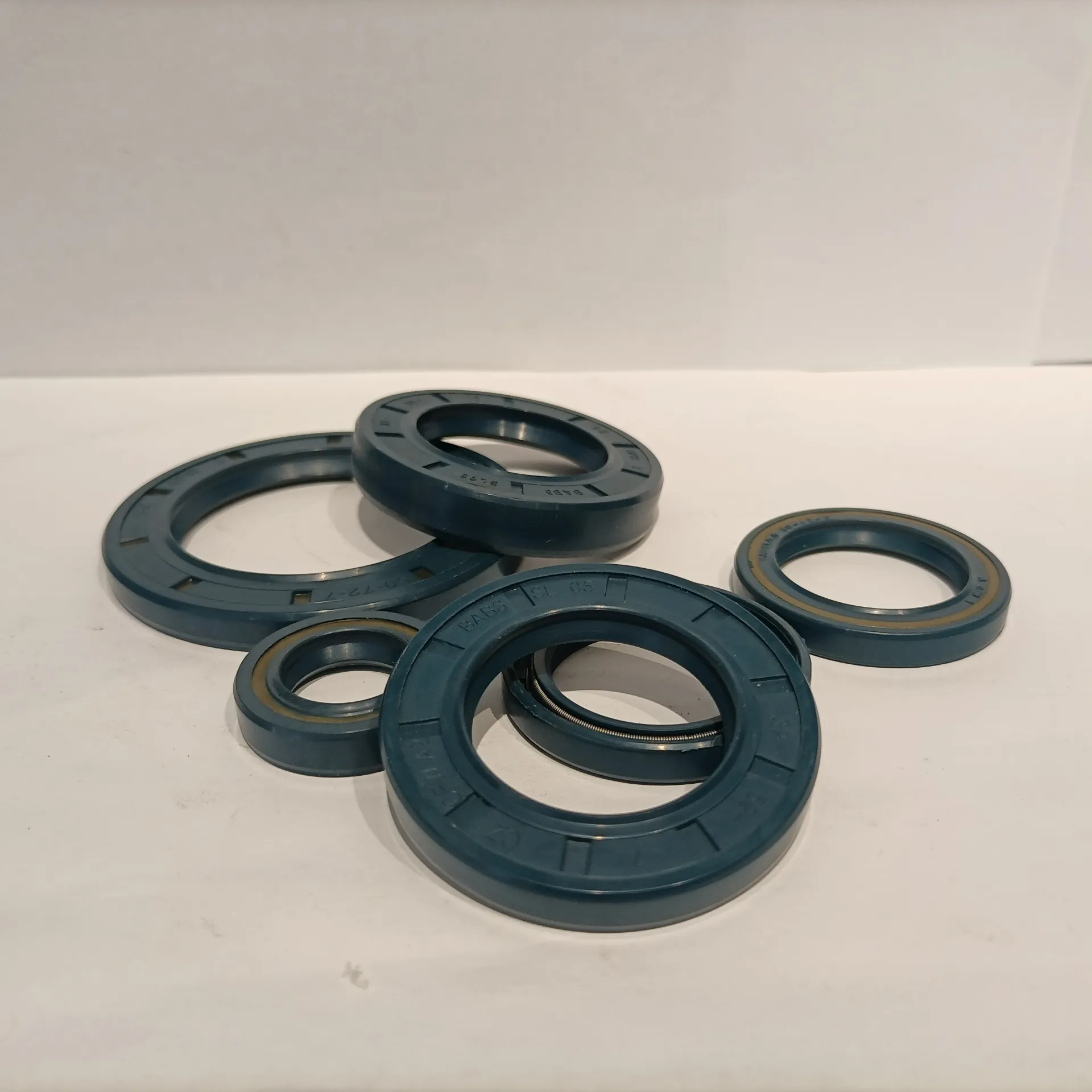nov. . 11, 2024 02:21 Back to list
Hydraulic Cylinder Seal Repair Techniques for Enhanced Performance and Longevity
Hydraulic Cylinder Seal Repair A Comprehensive Guide
Hydraulic cylinders are critical components in various industrial applications, ranging from construction machinery to manufacturing equipment. They enable the controlled movement of heavy loads by converting hydraulic energy into mechanical energy. Over time, the seals within hydraulic cylinders can wear out due to factors such as temperature fluctuations, contamination, and pressure variations. When seals fail, it can lead to significant problems, including fluid leakage, reduced efficiency, and potential damage to the entire hydraulic system. Therefore, understanding the repair process for hydraulic cylinder seals is essential for maintaining optimal performance.
Understanding Hydraulic Cylinder Seals
Hydraulic cylinder seals are responsible for preventing the hydraulic fluid from leaking out of the cylinder while also keeping contaminants from entering. There are several types of seals used in hydraulic cylinders, including static seals, dynamic seals, and rod seals. Static seals prevent fluid leakage between stationary parts, whereas dynamic seals handle moving parts. Rod seals are specifically designed for the rod that extends and retracts within the cylinder.
Signs of Seal Failure
Identifying seal failure early can help prevent extensive damage to the hydraulic system. Common signs include
1. Fluid Leakage Visible fluid around the hydraulic cylinder indicates a seal failure. 2. Reduced Performance A decrease in the efficiency of the hydraulic movements can point to seal issues. 3. Unusual Noises Grinding or hissing sounds during operation may suggest seal problems. 4. Piston Drift Unintended movement of the piston when under pressure can also indicate seal failure.
Steps to Repair Hydraulic Cylinder Seals
Repairing hydraulic cylinder seals involves several steps
. Here’s a detailed guide to help you through the processhydraulic cylinder seal repair

1. Safety Precautions Before starting any repair work, ensure that the hydraulic system is depressurized. Turn off the power supply and use appropriate personal protective equipment (PPE).
2. Disassembly Remove the hydraulic cylinder from the machine. Take care not to damage any surrounding components during removal. Once removed, disassemble the cylinder by separating the head, barrel, and rod. Keep track of all parts and their order for reassembly.
3. Inspection Examine all components for signs of wear and damage. Check the old seals for any cracks, tears, or deformities. It is crucial to assess the mating surfaces of the cylinder for scratches or pitting that may require repair or replacement.
4. Seal Replacement Remove the old seals using a seal puller or a flat-head screwdriver, being careful not to damage the cylinder itself. Clean the sealing surfaces thoroughly to remove any debris or residue. Install the new seals, ensuring they are seated properly. Follow manufacturer specifications for seal types and sizes.
5. Reassembly Carefully reassemble the hydraulic cylinder in the reverse order of disassembly. Make sure all components are aligned correctly, and that the seals are undamaged during reassembly. Torque the bolts to the recommended specifications to ensure proper sealing.
6. Testing After reassembly, the hydraulic cylinder should be reinstalled in the application. Before resuming normal operations, conduct a pressure test to check for leaks. Monitor the performance closely during initial operation to ensure everything is functioning properly.
Conclusion
Hydraulic cylinder seal repair is a vital skill for anyone working with hydraulic systems. Timely repairs not only extend the life of the hydraulic cylinder but also ensure the safety and efficiency of the machinery. By following proper procedures and using high-quality replacement seals, you can minimize downtime and prevent costly repairs in the future. Always prioritize safety and consult manufacturer guidelines when undertaking seal repairs, and when in doubt, seek professional assistance to ensure optimal performance of your hydraulic systems.
-
Unlocking the Potential of Hydraulic Systems with Essential Sealing Solutions
NewsAug.06,2025
-
Unleash the Power of Your Hydraulic Systems with Our Premium Seal Kits
NewsAug.06,2025
-
Specialized Hydraulic Seal Kits for Breakers, Pistons, and Presses
NewsAug.06,2025
-
Revitalize Hydraulic Systems with Premium Repair and Seal Kits
NewsAug.06,2025
-
Fortify Your Cylinders with Premium Sealing Solutions
NewsAug.06,2025
-
Elevate Hydraulic System Reliability with Specialized Seal Kits
NewsAug.06,2025
-
TCN Oil Seal Metal Ring Reinforcement for Heavy Machinery
NewsJul.25,2025
Products categories
















